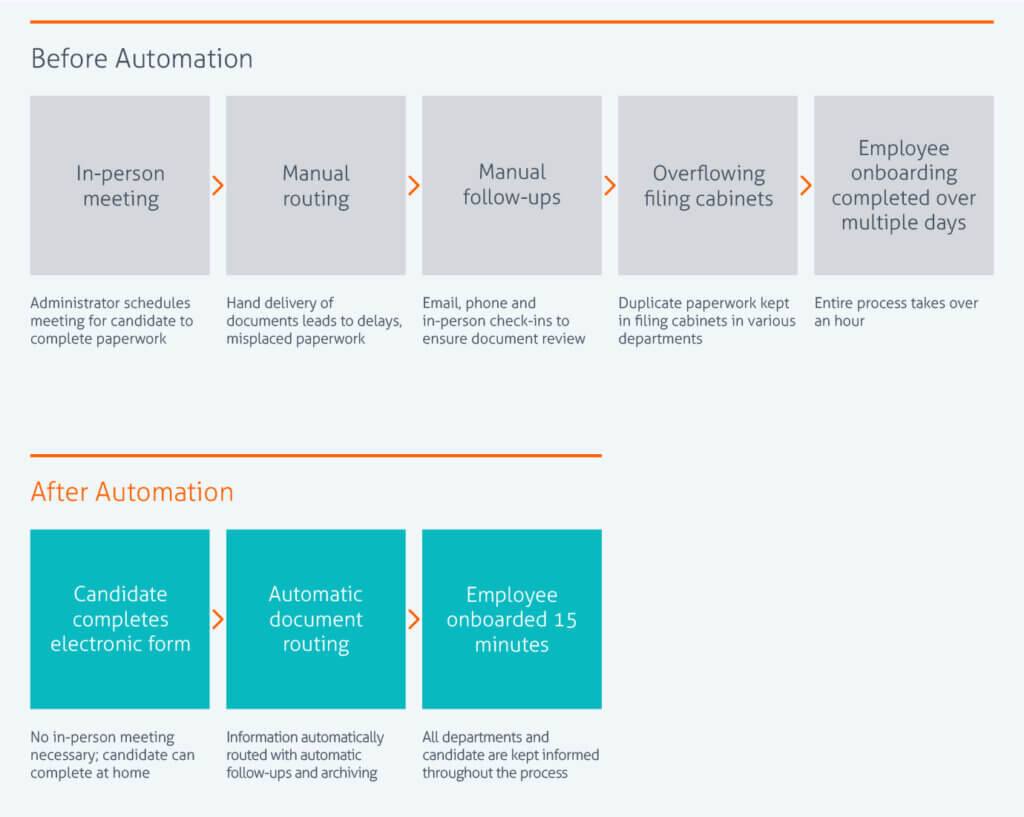
Large Language Models: The Key to Streamlining Business Processes
As the world of technology continues to evolve, businesses are constantly looking for ways to optimize their processes and stay ahead of the competition. One solution that has gained significant attention in recent years is the use of large language models (LLMs). These models have the potential to revolutionize the way businesses operate by automating complex tasks and improving efficiency.
 Streamlining business processes with LLMs
Streamlining business processes with LLMs
The Power of LLMs
LLMs are expansive repositories of knowledge that can be used to automate various business processes. By leveraging this information, businesses can create customized solutions that cater to their specific needs. For instance, an e-commerce business can use an LLM to create an application that vets incoming orders before integrating them into an ERP system. This not only saves time but also reduces the likelihood of human error.
 Automating e-commerce processes with LLMs
Automating e-commerce processes with LLMs
Another example is in the agriculture industry, where farmers can use LLMs to design applications that monitor their carbon footprint across seasons. This not only helps farmers make informed decisions but also contributes to a more sustainable future.
 Using LLMs for sustainable agriculture
Using LLMs for sustainable agriculture
Getting Started with LLMs
While the potential of LLMs is vast, businesses need to take a cautious approach when integrating these models into their operations. Here are a few steps to get started:
Educate Yourself
Before leveraging LLMs, it’s essential to educate yourself about the rapidly evolving landscape of generative AI technologies. This includes understanding the offerings of major players like OpenAI, AWS, Google, Meta, and Microsoft, as well as emerging entities like Hugging Face.
Get to Know the Major Players
Familiarizing yourself with the diverse range of vendors and identifying the LLM best suited for your specific requirements is crucial. This includes exploring offerings from various providers and making an informed choice for integration and subsequent application development.
Exercise Caution
As AI advancements accelerate, exercising caution is vital. Businesses must monitor the actions of AI models with vigilance to ensure alignment with their intended functions and values, and implement necessary robust security measures.
 The rapid evolution of AI
The rapid evolution of AI
Conclusion
The rapid evolution of AI emphasizes the need for businesses to not only leverage these advancements but to do so mindfully, selecting the tools that best align with their objectives and security requirements. By striking a balance between early adoption and measured caution, organizations can position themselves for long-term success.
 Striking a balance between adoption and caution
Striking a balance between adoption and caution















